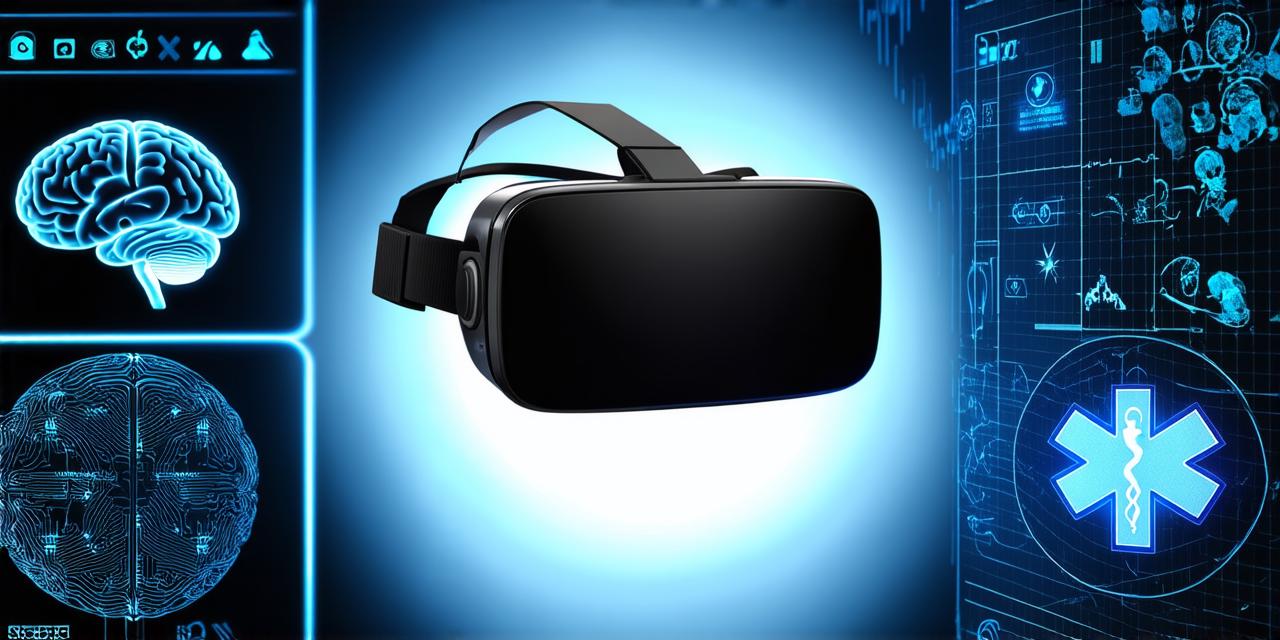Introduction:
Virtual reality (VR) technology is rapidly advancing and becoming more accessible to people worldwide. However, its potential risks and benefits are not yet fully understood, especially for individuals with pre-existing conditions such as epilepsy. As a VR developer, it’s essential to understand the potential implications of your creations on this vulnerable population. This comprehensive guide will explore the current state of knowledge on virtual reality safety for people with epilepsy and provide practical recommendations to ensure the well-being of all users.
What is Epilepsy?
Epilepsy is a neurological disorder that affects the brain’s electrical activity. It causes seizures, which can range from mild to life-threatening. These seizures can lead to physical and psychological consequences, such as loss of consciousness, headaches, nausea, dizziness, and even injury or death in severe cases. Approximately 50 million people worldwide are affected by epilepsy, with the highest incidence occurring in low-income countries.
Virtual Reality and Epilepsy: A Growing Concern
While virtual reality has the potential to revolutionize industries such as entertainment, education, and healthcare, it also poses unique challenges for people with pre-existing conditions like epilepsy. The immersive nature of VR technology can trigger seizures in susceptible individuals, leading to serious consequences for their health and well-being.
Studies have shown that virtual reality-induced seizures are more common among individuals with a history of epilepsy than the general population. In one case study, 17 out of 29 participants with epilepsy reported experiencing a VR-induced seizure, compared to only three non-epileptic controls who experienced a seizure during the experiment.
Additionally, these seizures can be more severe and difficult to control than those triggered by traditional stimuli like flashing lights or loud noises.
Mechanisms of Virtual Reality-Induced Seizures
The exact mechanisms behind virtual reality-induced seizures are not yet fully understood, but several factors have been identified as potential triggers. These include:
- Photosensitive epilepsy (PSE): PSE is a type of epilepsy that can be triggered by flashing lights or visual patterns. Virtual reality technology often involves rapid flickering images, which can exacerbate symptoms in individuals with PSE.
- Motion sickness: Virtual reality environments can cause motion sickness in some users, leading to dizziness, nausea, and even seizures in susceptible individuals.
- Flicker fusion threshold (FFT): The FFT refers to the rate at which an individual’s brain can process visual information without inducing a seizure. Virtual reality technology often involves rapid image changes, which can exceed this threshold in some users.
- Cognitive overload: The immersive nature of virtual reality environments can cause cognitive overload in susceptible individuals, leading to seizures and other neurological symptoms.

Preventing and Managing Virtual Reality-Induced Seizures
While there is no foolproof way to prevent virtual reality-induced seizures, several strategies can help minimize the risk and improve user safety. These include:
- Warnings and user guidelines: Developers should provide clear and concise warnings about the potential risks of using virtual reality technology, especially for individuals with epilepsy or a history of motion sickness. Users should be encouraged to test the VR system in a controlled environment before use and to stop immediately if they experience any adverse effects.
- Education and awareness: Increase public awareness about virtual reality-induced seizures, their potential triggers, and precautions to take when using VR technology
- Technological advancements: Developers should continue to research and implement technological advancements that can reduce the risk of virtual reality-induced seizures, such as adjustable flicker rates, motion sickness prevention algorithms, and cognitive load management systems.
